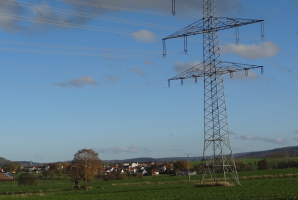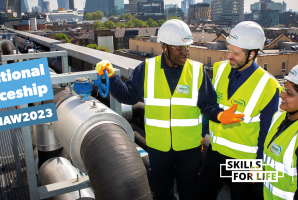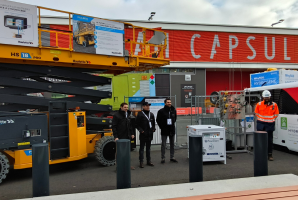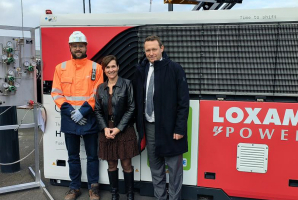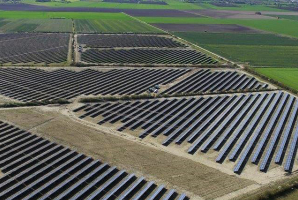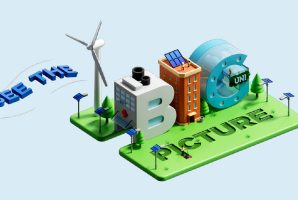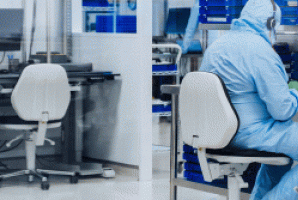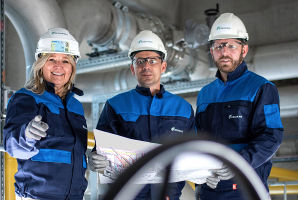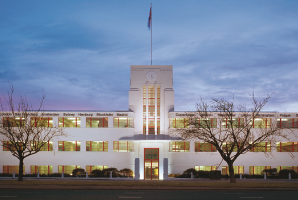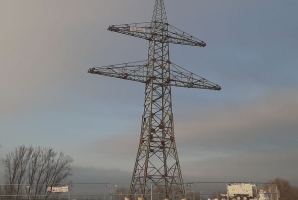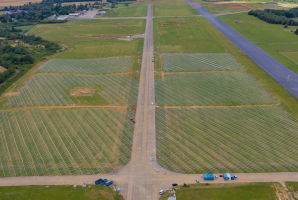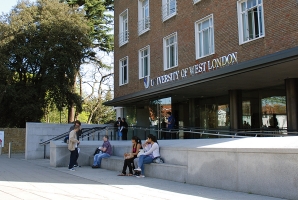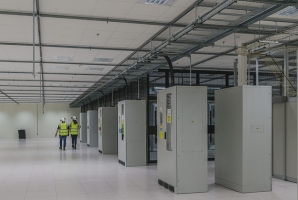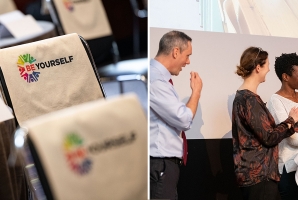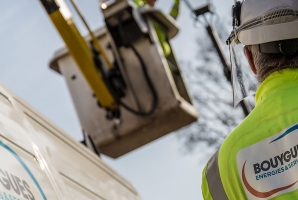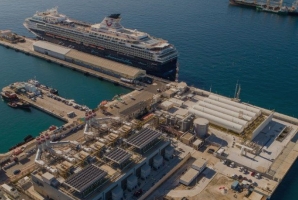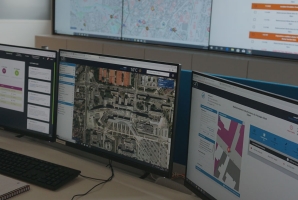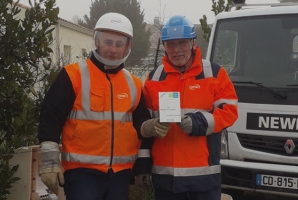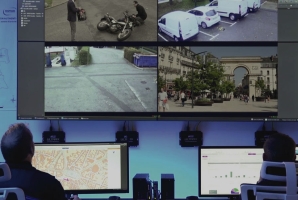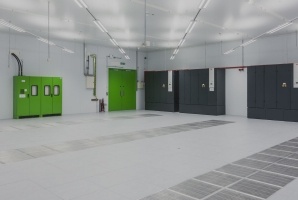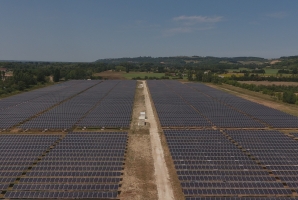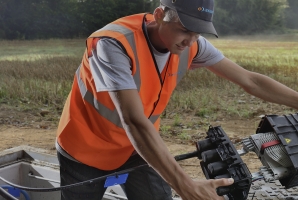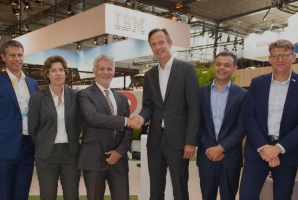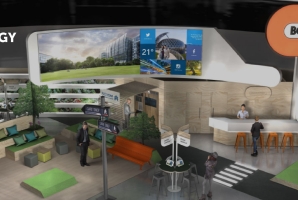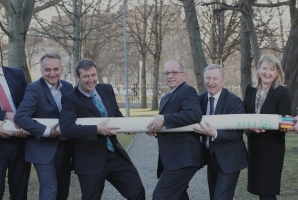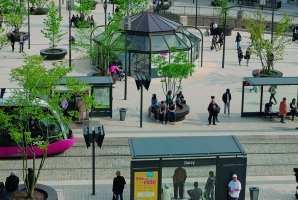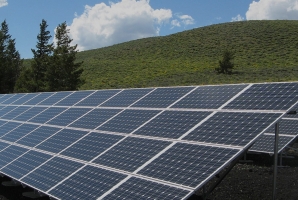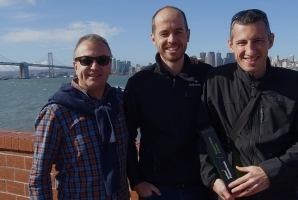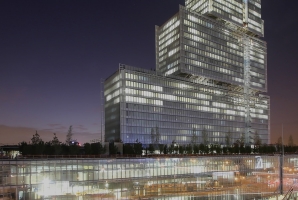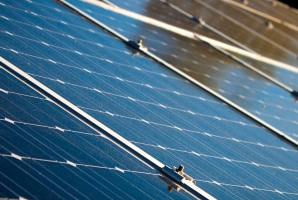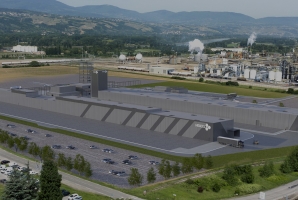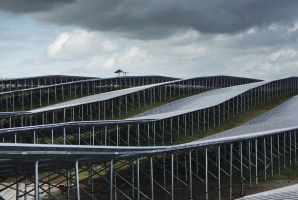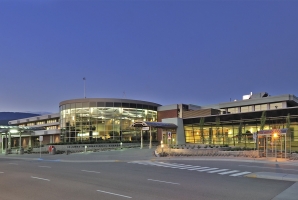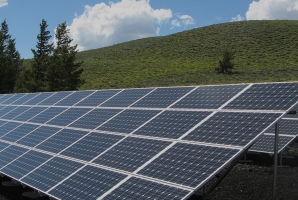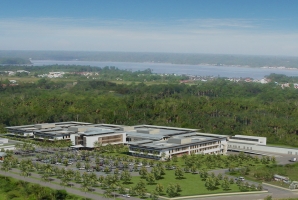News
ELSA: storing local energy thanks to second life batteries
On 7 November 2018, we will present, during the European Utility Week in Vienna, Austria, the results of more than three years of work on the ELSA project. ELSA is an efficient and environmentally friendly energy storage system. It uses recycled batteries from electric vehicles and a smart energy management system in order to provide innovative services through a number of applications.
Projects surrounding sustainable and energy self-sufficient neighbourhoods have multiplied, but their development has been hindered by the intermittency of renewable energy sources and the cost of storage technology. In addition, local energy storage is one of the key elements of our future energy supply system. It makes it possible to balance production and demand and will thus be the cornerstone of a smart energy network.
ELSA (or Energy Local Storage Advanced) is an energy storage project funded by the European Union (EU) as part of the Horizon 2020 programme under the theme of small-scale storage.
By giving a second life to electric vehicle batteries, before their final recycling within the context of a circular economy, ELSA not only helps to keep the prices of batteries down in new vehicles but also promotes the development of electric vehicles.
Reusing batteries from electric vehicles to generate power in buildings is a win-win system. The idea is to go from the car to the building, without having to refurbish the battery cells for this solution to be cost-effective - explains Servan Lacire, Innovation & Technology Manager.
The developed system proposes to integrate, without refurbishment, all battery models available in electric vehicles today. This includes those from Renault vehicles (350,000 sold in 2016) as well as those used by other car manufacturers.
This European project has helped implement practical storage solutions that are compliant with the highest safety standards in the automotive industry and at a competitive price.
The standardised storage systems developed will be adaptable and easy to roll out. For example, for electric vehicle quick recharge stations in neighbourhoods or commercial buildings, they help boost self-sufficiency while balancing the demand in electricity and local photovoltaic production.
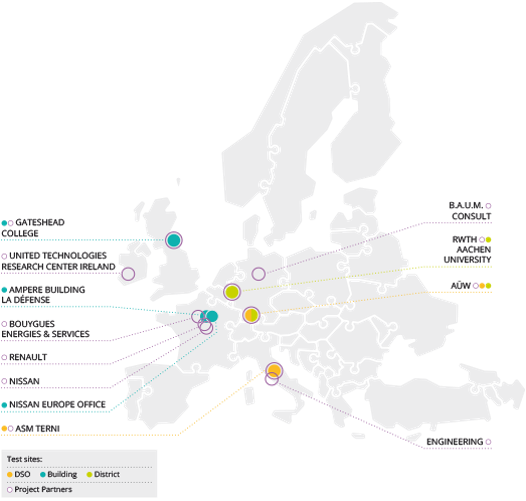 Prototypes have been installed on six sites throughout Europe: Ampère building in La Défense, NISSAN head office in Montigny, Distribution network in Terni (Italy), Building in Gateshead (UK), Residential neighbourhood in Kempten (Germany), and all the Buildings at Aix-la-Chapelle University (Germany). They cover several applications and a wide range of services, including the reduction of network congestion, the local balancing of the network, and voltage support or regulation.
Prototypes have been installed on six sites throughout Europe: Ampère building in La Défense, NISSAN head office in Montigny, Distribution network in Terni (Italy), Building in Gateshead (UK), Residential neighbourhood in Kempten (Germany), and all the Buildings at Aix-la-Chapelle University (Germany). They cover several applications and a wide range of services, including the reduction of network congestion, the local balancing of the network, and voltage support or regulation.
At Challenger, the head office of Bouygues Construction located in Guyancourt in Yvelines, the prototype stores the power produced by the roof’s solar panels. It is comprised of five lithium-ion batteries originating from Renault electric vehicles (four from Kangoo and one Zoé), and one from a Nissan Leaf car.
The Challenger prototype has a capacity of 12 kWh, and no drop in capacity has been observed thus far.
In a building, operation cycles are very regular. The battery is under less strain than it would be in a vehicle, thus prolonging its lifespan - explains Eric Portales, Project Manager at our Innovation & Technology Department.
We are the project coordinator, but the ELSA research programme includes a total of 10 members from 5 European countries: Renault SAS, Nissan West Europe SAS, RWTH Aachen University, United Technologies Research Centre Ireland Limited, Engineering Ingegneria Informatica S.p.A., B.A.U.M. Consult GmbH, ASM Terni S.p.A., Gateshead College, Allgäuer Überlandwerk and us.
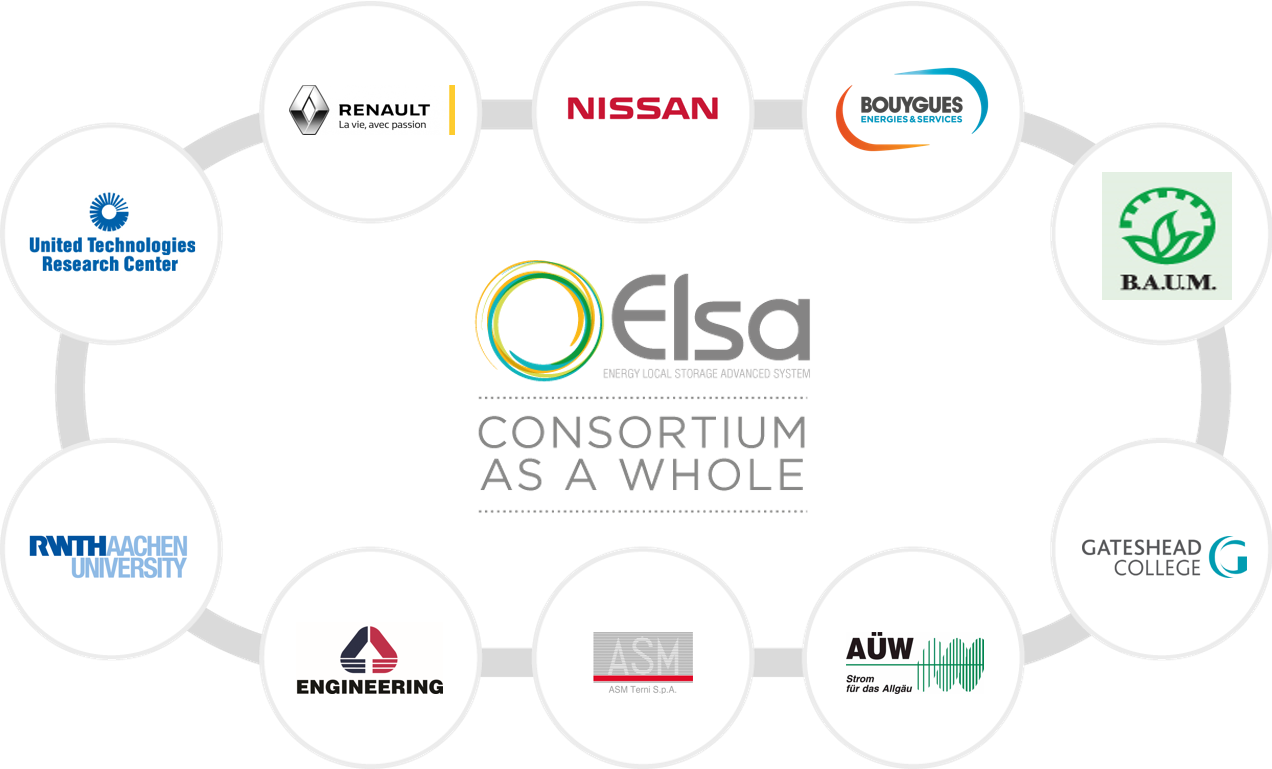
Latest news
Find all the topics that make Bouygues Energies & Services news: projects, innovations, public and client events, partnerships, press releases ...
-
-
-
-
-
-
-
-
-
-
-
-
-
- One of the largest photovoltaic power plants in France is being built by our teams.
-
- Sustainability is a unifying theme and major partnerships are being established.
- Our UK team has been selected by VIRTUSfor the turnkey delivery of its LONDON7
- A day of interactive discussion about diversity and inclusion strategy.
- Round table to discuss about national and European support for the hydrogen industry.
- Project Manager Aaron Yule will lead the team in charge of transforming Ashford's lighting.
- Official opening ceremony of the new North Mole thermal power plant
- After 1 year of work, the connected control centre of the OnDijon project was unveiled
- Because preserving health and safety is and will remain the top priority.
- The Top Employers Institute acknowledges the quality of the company’s working conditions and its HR policies.
- Come and meet us to develop innovative energy solutions together
- How is the OnDijon scheme progressing after one year ?
- The international event on urban development.
- A successful handover had been completed for Phase 1 of VIRTUS Data Centres’ LONDON5 facility.
- With Sun'R we have combined our skills to support Lamagistère in its energy transition.
- Axione becomes the 86th member of the altnet cooperative.
- Our goal : being innovative together.
- We will demonstrate that it is possible to put technology at the service of well-being!
- SIRO announces investment with joint venture to connect 10 towns to Its gigabit network
- Smart management of public amenities will enable local authorities to improve their performance.
- Mozambique faces electricity supply challenges due to limited infrastructure required to generate and evacuate power.
- Signing of a new contract with Equis, the first regional developer of renewable energies
- Award for centralised technical management system of Marseille’s L2 bypass
- The safety commission met on site and officially recommended that the building could open to the public
- Delivery of 4 solar farms 100km to the north of Bangkok
- New latest-generation production site for a world leader in carbon fibre manufacturing
- An exemplary project combining technical challenges, energy development and local involvement
- Three key aspects of the airport: operations centre, baggage and pass office
- Creation and animation of dynamic trail of light showcasing 39 important sites
- Contract signed with Equis, leading developer of renewable energy in the region
- Five buildings comprising several operating theatres and 250 beds
0 1 2 3 4 5 6 7 8 9 10 11 12 13 14 15 16 17 18 19 20 21 22 23 24 25 26 27 28 29 30 31 32 33 34 35 36 37 38 39 40 41 42 43 44


